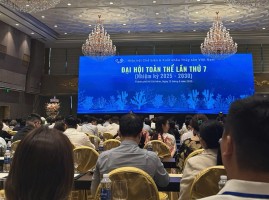
Vietnam’s Seafood Industry Targets $14–16 Billion in Exports by 2030
17 June 2025 1167 View
On the morning of June 12 in Ho Chi Minh City, the Vietnam Association of Seafood Exporters and Producers (VASEP) held its 7th General Assembly for the 2025–2030 term, under the motto: “Proactive Adaptation – Innovation – Sustainable Development.”
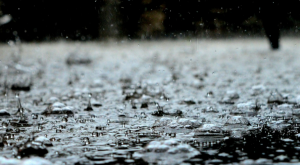
Tropical Storm No.1 Brings Torrential Rains to Central Vietnam
17 June 2025 1149 View
Provinces from Hà Tĩnh to Bình Định and the northern Central Highlands are bracing themselves against extreme weather impacts, as the aquaculture sector is urged to swiftly implement preventative measures to minimize damage.
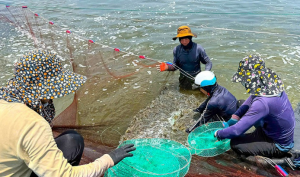
Early-Season Shrimp Fetch Good Prices, Farmers Eagerly Harvesting
17 June 2025 1127 View
At the shrimp farming area in Ky Ha commune (Ky Anh town), Mr. Mai Van Toan recently harvested nearly 1.2 tons of market-size shrimp. “The shrimp reached an average size of 40–45 pcs/kg and were bought by traders at over VND 160,000/kg—about VND 10,000–15,000 higher than last year,” said Mr. Toan. “Prices are quite good and the consumption is favorable, giving farmers confidence to invest in the next stocking cycle.”
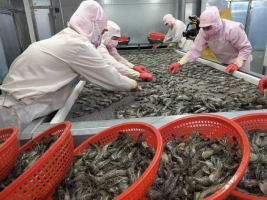
Greening Shrimp Processing Technology: Turning Australia into a Strategic Market
17 June 2025 1138 View
If the U.S. market becomes more difficult to access due to new tax policies, Australia may serve as a trade cushion—helping to absorb the shock and maintain Vietnam’s shrimp export momentum. The Australian market is considered more stable, less affected by political turmoil, and has a transparent legal system, which reduces long-term risks for Vietnamese enterprises. Although Australia's population is only about 25.7 million, it remains a potential consumer market as consumers are
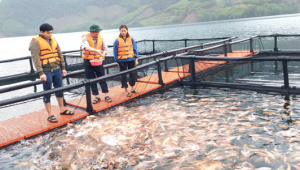
Developing Cage Aquaculture in Irrigation Reservoirs: Toward Zoning and Traceability Codes
17 June 2025 1142 View
According to the Fisheries Sub-Department (Department of Agriculture and Environment), Bình Định province currently has 164 irrigation reservoirs with capacities of over 50,000 m³, totaling more than 682 million m³ of water. Among these, 63 large reservoirs are managed by Bình Định Irrigation Works Exploitation Company Ltd., while the remainder are overseen by local authorities. In addition to their primary roles in agricultural water storage and electricity generation,
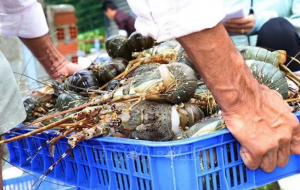
China’s Strong Appetite for Vietnamese Lobsters
17 June 2025 1166 View
Vietnam’s shrimp exports recorded impressive growth in the first four months of 2025, reaching over $1.3 billion, a 34% increase compared to the same period in 2024, according to the Vietnam Association of Seafood Exporters and Producers (VASEP).


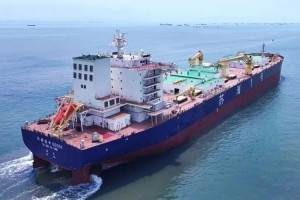
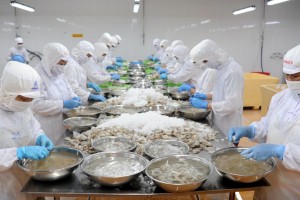
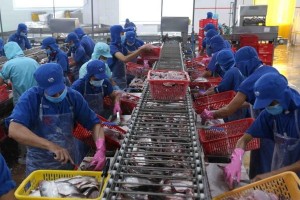
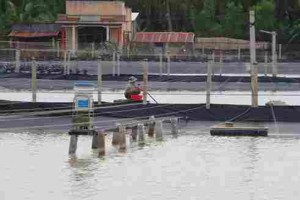
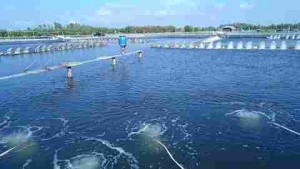

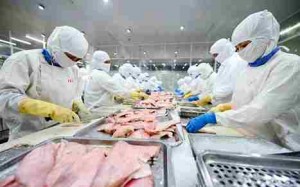
.jpg)
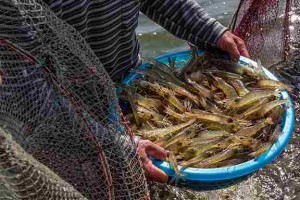
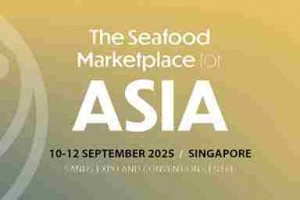
.jpg)
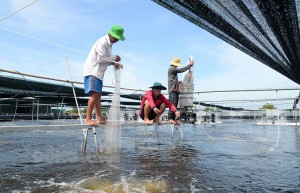

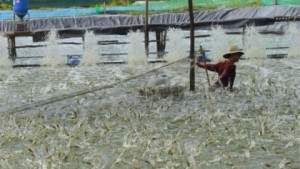
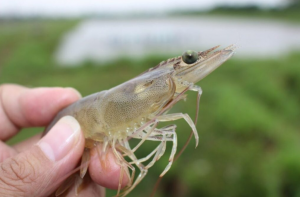
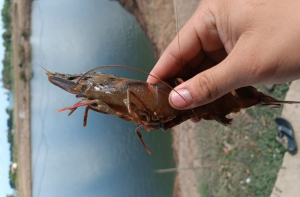
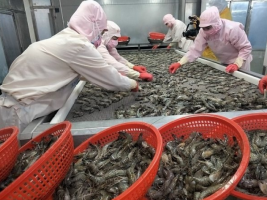
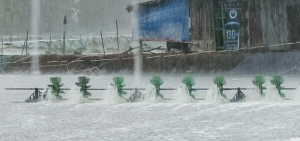

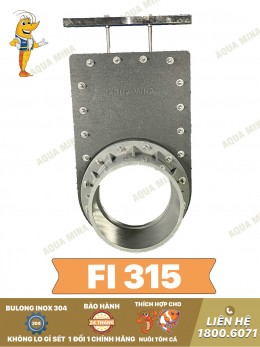
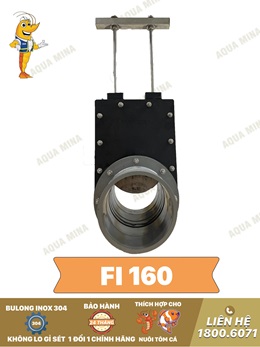
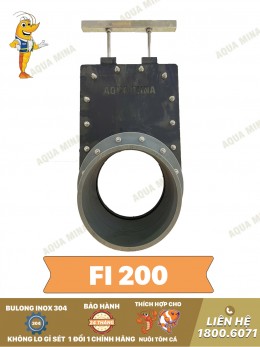
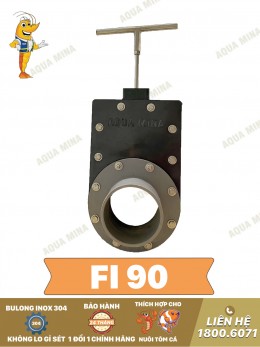
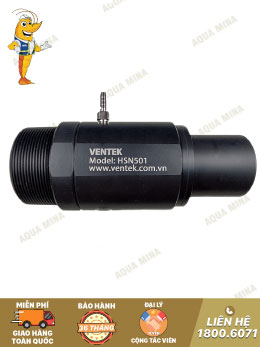
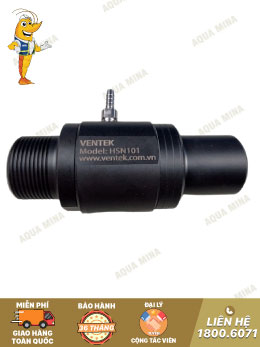
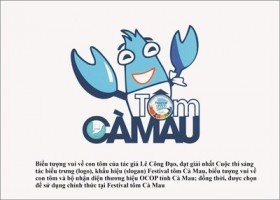
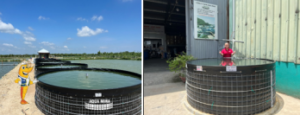
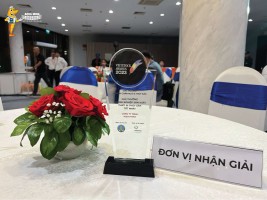
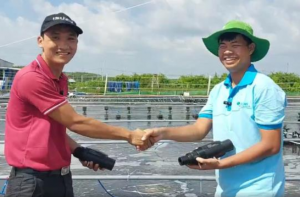
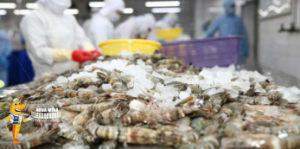
.jpg)